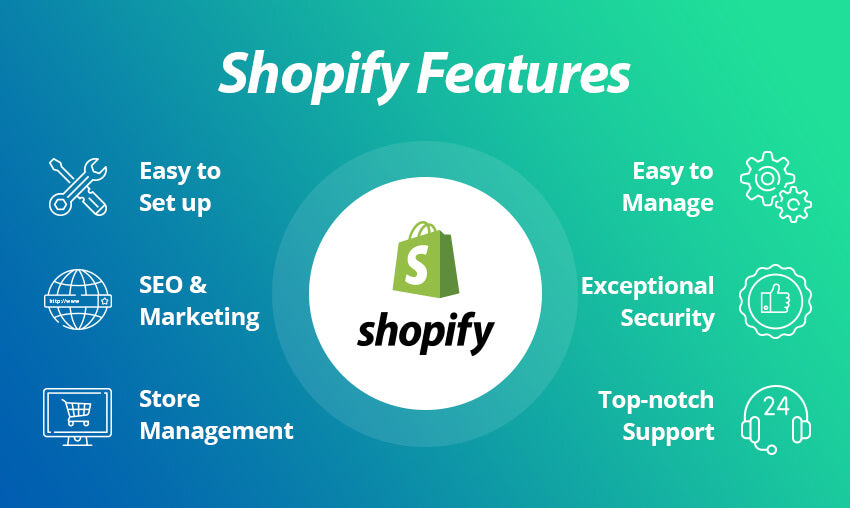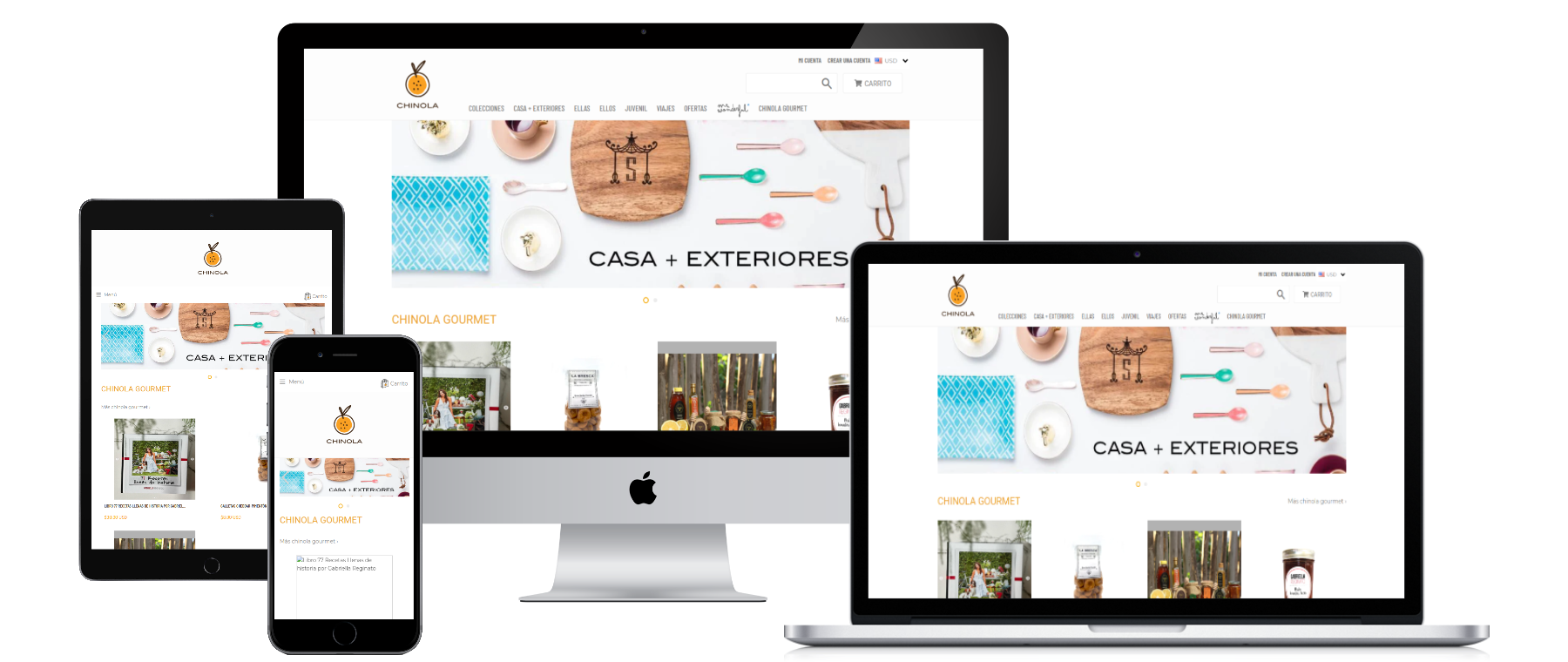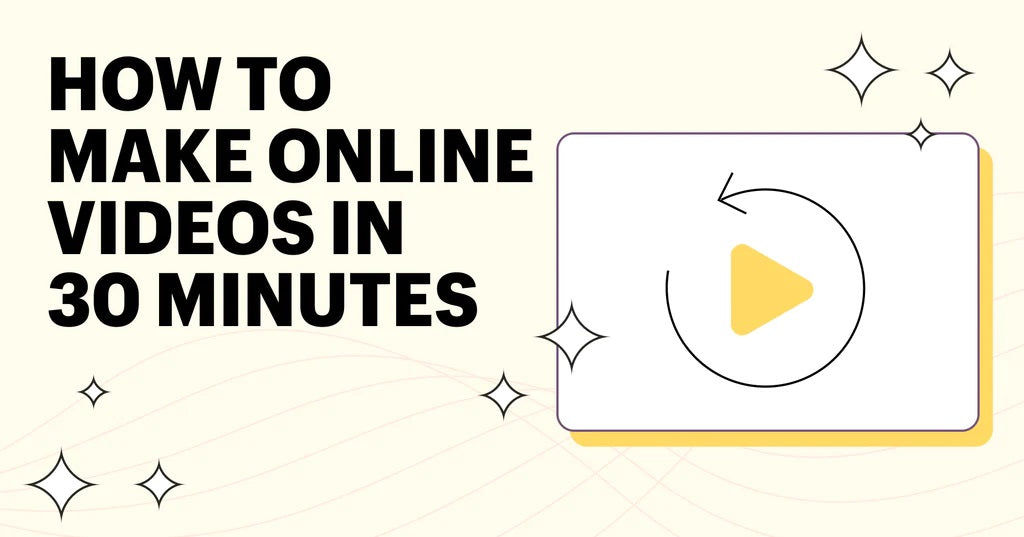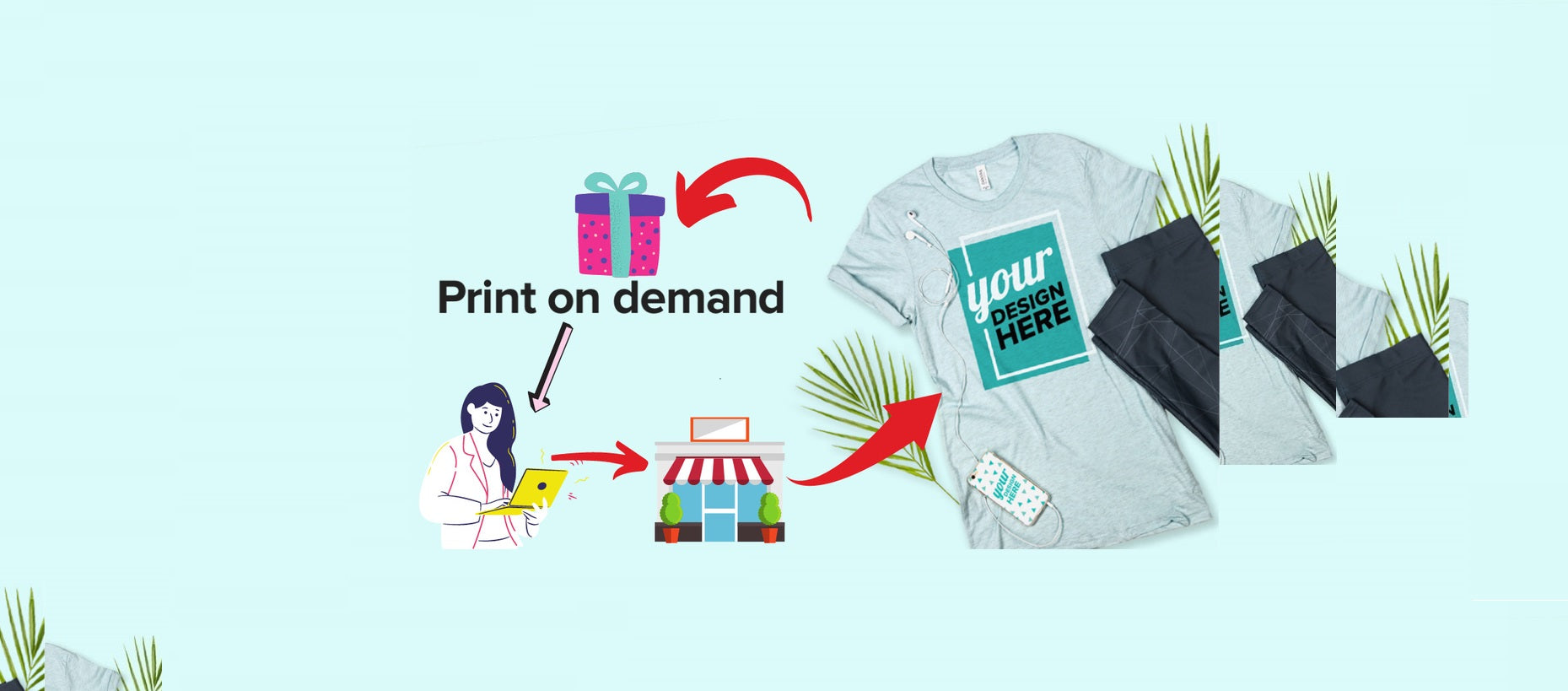
Passive income fundamentals: Earn money even while you sleep
Why take your business online?
If you are unconvinced about taking your business online, here are a few reasons that will give you the confidence this is the right move.
Expand your customer base
Online stores eliminate operational limitations and timings. Your store could be based in Pune and a customer can place an order from Indore. An online store multiplies your customer base and caters to countless interested customers that you might not be aware of. In no time, you can grow your local business into a global one. So dream big!
Anytime and anywhere business operations
An online store reduces or eliminates the need for a physical presence at every business transaction. Help your potential customers learn about your products and place orders anytime — day or night, whether it's regular business hours or holidays. An online store for an offline business helps generate leads and inquiries even when closed. So you can follow up with your potential customers once you are open. It is equivalent to keeping your business 4x longer.
Improves business image
Most customers today check for the online presence of any business. Even if it’s simply the address location of your physical store. But that’s not all they look for. They look to make judgements of your product or service based on your website, user reviews, and more. In fact, the lack of an online presence impacts the trustworthiness of your business.
Therefore, having an online presence would simply make sense, even if it is just to ease your customers' confidence in you. So why not use that credibility to influence purchase decisions and conversions?
Scale up cost-effectively
When you take your business online, you are, at the very least, adding a lucrative sales channel at a minimal cost. Further, this opens up a world of opportunities in business automation, targeted marketing, automated accounting, efficient inventory management, and much more. Moreover, all your online business data gets captured in one place, enabling you to gather great insights into your business as you grow. All of these advantages put together allows your business to scale keeping your marginal costs disproportionately low.
Ready to take the plunge?
How to take your business online?
Taking your business online can seem like a monumental transition at first glance. So, let’s break this down into a step-by-step process.
- Research and preparation
- Build your online store
- Make your store ecommerce-ready
- Make your business discoverable online
- Get more customers
- Evaluate and grow
1. Research and preparation
Given that you already have an offline business, the basics of research and preparation outlined below may seem simple. And they indeed are. However, taking your business online changes your business in some significant ways. Hence, some of the steps you may already have taken while starting your business will have to be retraced keeping in mind the new realities of selling online. Let’s address each of the steps mentioned below:
1.1. Evaluate the viability of your business online1.2. Figure out your inventory management
1.3. Determine your pricing strategy
1.4. Draft a new business plan
1.1. Evaluate the viability of your business online
If your business is primarily or exclusively offline, consider whether it makes sense for you to move it online. This part of the process requires you to take into account the following factors.
-
Market viability
For taking your business online, you need to know if the online market as it exists today has room for you in it. You can evaluate the market viability of your business by using:
-
Market size: Does the market have room for new sellers? Can it grow?
-
Competition: Can your business compete with existing online businesses in your category in the same market?
-
Target audience: Does your customer buy online? What are their shopping habits?
Additional resource:
-
-
Product viability
This step determines the product-market potential – i.e. how will moving your product online affect consumers' interest? You can evaluate product viability by using:
-
Demand: Is there a good enough demand for the product online?
-
Profit margin: Can your online venture bring you the expected margins with similar products and services available online?
Additional resources:
Technically, your online business should be viable from both parameters - market and product, so that it hedges your losses, prevents deadstock in your inventory, and saves marketing efforts.
-
1.2. Figure out your inventory management
When you take your offline business online, you open up a tremendous opportunity to scale. This also becomes an inventory management challenge. While traditional ways of inventory management with spreadsheets may have been sufficient to cover your demand offline, retaining the same methods might clog up your potential to scale in the following ways:
-
Increased stocking expenses: You may need to stock a larger inventory of orders from your suppliers and manufacturers to meet the new demand online.
-
Increased risk exposure: Your business will be more susceptible to demand shocks and market fluctuations which may cause you to overstock inventory or oversell without sufficient inventory in place to fulfil your orders.
-
Increased operational complexity: As product demand increases so does the complexity of inventory management. Moving your business online without preparing for this complexity beforehand may cause you to wing immediate solutions to challenges and you may end up with a host of inventory management solutions that don’t integrate together.
Therefore, it is imperative that you take a fresh look at your inventory management. Check if dropshipping is a model you can explore to minimise all of the above threats. Also, taking your business online opens up a goldmine of data from which you can gather insights about how your inventory and market demand changes over time, as well as utilise more robust methods of forecasting your stock flow.
You may also consider implementing and improving existing inventory management techniques like Just In Time, First In First Out, and Six Sigma to optimise your inventory management processes.
Making the actual operations simpler, ecommerce platforms like Shopify offer an inbuilt inventory dashboard that automatically tracks your existing stock, as well as inbound and outbound orders. Additionally, you can further optimise by choosing from a number of inventory management plugins available to integrate with your store. Altogether, it helps reduce spillage, storage costs, deadstock and eventually improves cash flow.
1.3. Determine your pricing strategy
In all probability, you already have a pricing strategy in place for your offline store or business. Given that you are now opening up a new market for your products, evaluate whether you should change your pricing strategy based on the new opportunities and risks that come with taking your business online.
For example, if you had a cost-plus pricing approach that worked for your offline business, will that remain the same when you sell online? You may realise that the competitive landscape for your product is quite different online, and you might need to consider a competition-based approach, where you offer a price lower than your competitors.
In a different scenario, you may realise that taking your business online gives you access to an entirely different consumer segment, where you may have the opportunity to earn more thorough a value-based pricing approach.
To learn more about pricing strategies for an online business check out 10 ways to find the perfect price for your products.
1.4. Draft a new business plan
Your business plan sets the blueprint and roadmap for your operations and growth. Taking your business online means that some of the assumptions you had made in your existing business plan would now have changed. Based on all the information you have gathered above, you should be in a position now to take a good hard look at your business plan, in case you already had one. If not, it’s as good a time as any to draft one now using this business plan template.
Once you’re done with the research and preparation phase, you're all set to build your online store.
2. Build your online store
The obvious next step in the process of taking your business to the next level is setting up its internet headquarters – your online store. This is a fairly straightforward process involving the clear steps outlined below:
2.1. Choose the right ecommerce platform2.4. Showcase your products and services
2.1. Choose the right ecommerce platform
Almost all ecommerce marketplaces Amazon, Flipkart, eBay, and Etsy provide great additional channels to take your business online. However, launching your own online store gives you invaluable control over your customer’s journey – helping you translate your offline experience into an online property.
Many online businesses today opt for an ecommerce platform like Shopify to build their ecommerce stores. In fact, you can also integrate your Shopify store with ecommerce marketplaces and other sales channels. With the variety of platforms to choose from, it becomes imperative for you to select one best suited to your needs.
To compare the best ecommerce platforms available today the following resource would be a good place to start:
2.2. Select your domain name and host
A domain name acts as a differentiator for your business. The right domain name represents your brand and informs the customer’s first impression about your store.
Since you presumably already have customers, leverage your brand recall and augment it online by keeping it similar to your brand name, if not exactly the same. Also, keep in mind that in the new competitive landscape online, there may be brands with similar names that already exist. Give a thought to how you can differentiate your domain name from similar ones. But it’s good to remember the basics – avoid unfamiliar, misspelt, complex words, and hyphens, and keep it short.
The next thing to consider is a web host or domain host, which provides the servers for a website to run and store its content. In addition to providing your website with adequate storage, speed, and reliability, a good domain host will support the platforms or tools you may require – for example, online payments integration. For some website builders like WordPress, you need a third-party domain hosting provider. Whereas Shopify is fully-hosted, which means, every subscription plan includes domain hosting – with extra domain fees applicable if you want to have a custom domain name.
Additional resources:
2.3. Design your website
Your website is your internet storefront. Let the design fundamentals of your existing brand guide you in the choices you make. However, also keep in mind your consumer’s tastes and preferences.
Shopify has a number of themes and templates for you to choose from, and it’s quite easy to apply them to your store, right out of the box. Alternatively, you may choose to hire a professional web designer or talk to Shopify Experts, to help you get your website just right.
Additional resources:
2.4. Showcase your products and services
Just the way a physical store has products arranged in aisles and shelves specifically to influence customers’ purchase decisions, your product page is its digital counterpart. Except, there’s no store representative to guide them with additional information about prices, variants, discounts and offers. The entire burden is borne by the way your products are showcased.
Here’s a basic checklist and resources to help you create your product pages.
-
Product images: Use high-quality images with a zoom option. Ensure all images are of the same size and resolution for all your products.
-
Product descriptions: Avoid complex jargon, cliches, and long sentences. Highlight benefits over features.
-
Product categories: Add filters, provide accurate pricing details and any other information your customer might need (manufacturing date, expiry, EDD).
Additional resources:
- 11 Expert-Recommended Tips to Optimise Your Product Pages.
- How to Write Product Descriptions that Sell?
- The Ultimate DIY Guide to Product Photography.
- Must-Know Tips for Optimising Your Images.
Once your online store is built, the next step is to make it ready for ecommerce.
3. Make your store ecommerce-ready
The goal of taking your business online is to be able to conduct business on it. This means, your customers should be able to pay you, and you should be able to fulfil their orders. In fact, in addition to these two, building an ecommerce store opens up the opportunity to integrate your operations right into your store.
Let’s take a look at each of these steps, one by one.
3.1. Set up payments3.2. Integrate business processes with your store
3.3. Manage shipping & fulfilment
3.1. Set up payments
Consumers of today have a variety of payment preferences ranging from UPI, wallets to traditional credit and debit cards in addition to cash payments. To enable these transactions on your online store you must set up a payment gateway. A full-package e-commerce website builder makes this straightforward so you can hit the ground running with multiple payment options on your store.
3.2. Integrate business processes with your store
You can now seek out options to integrate your online store with your physical business's back-end accounting, marketing, manufacturing, sales, logistics, inventory management, ERP and more. In addition, there are a number of automation apps you can check out to figure out which ones can be integrated into your business. This combines many of your necessary workflows and processes into a single system to make the overall operation smooth and functional.
Additional resources:
3.3. Manage shipping & fulfilment
Expanding the geographical reach of your business requires you to be able to manage the logistics of delivering your products to the end consumer. This could mean last mine delivery in your locality or shipping across states and countries. Wherever the new scope of your business, it means that you have to come up with a shipping and fulfilment policy. Also, there are a number of helpful third-party apps and plugins to manage shipping and fulfilment seamlessly.
Additional resources:
- The Beginner's Guide to Ecommerce Shipping and Fulfilment
- How to Create a Shipping Policy (Free Template + Examples) (2021)
- A Brief Guide to Shopify's Shipping Services
- Shipping apps for India
- Shopify Plus | Shipping Solution for Local and International Customers
Now that your store is ecommerce-ready, flip the welcome sign.
4. Make your business discoverable online
In the massive network jungle of the internet, how does a potential customer find you? Obviously, creating an ecommerce store is not enough. Your online business presence must be easily discoverable for you to have any chance of success online. The following steps will help you get there.
4.1. Search engine optimise your store4.2. Set up your Google my business page
4.3. Sell where your customers are likely to buy online
4.1. Search engine optimise your store
Once you set up your website, you need the attention of search engine bots. Implementing the best practices of search engine optimisation will help rank your store in Google’s search results. And thereby drive traffic to your store.
In order to understand how SEO works and how to apply it to your store, check out the resources below:
- The Beginner’s Guide to Ecommerce SEO
- Improve Your On-Page SEO with our Checklist for New Websites
- Keyword Research for Ecommerce from the Ground Up

Source: Yoast
Once again, there are a number of apps like YoastSEO available as easy plug-ins on Shopify, to make this simple.
4.2. Set up your Google my business page
This is what your existing customers will discover if they google the name of your business. Setting up a Google my business page is important to leverage your existing customer relationships to further strengthen your online presence. Also, use the opportunity to link to your online store.
However, that's not where the benefits end. It will allow other stakeholders like potential employees, investors and media as well to discover you.
Here’s how you should present yourself in your Google business profile.
- Be crisp and clear about what your business does.
- Highlight your uniqueness that stands out from your competitors.
- Add a brief history about your company to make your business personable.
- Search engine optimise the content of your business profile.

The Google My Business profile description of The Machan in the image above captures all the necessary details along with a clear descriptive copy.
4.3. Sell where your customers are likely to buy online
Where do your potential customers usually buy products like yours online? Perhaps, ecommerce marketplaces like Amazon, Flipkart, eBay and Etsy. Or, maybe from social media.
The market study done in your research and preparation phase should give you a fair idea about your potential customers’ preferences and behaviours.
To begin with, it's always a good idea to be where your customers are likely to make purchase decisions. And why waste an opportunity to drive sales right there?
While your products could be independently listed on ecommerce marketplaces, now that you have your own online store, you can manage all your sales across different channels on a single dashboard. For example, the Amazon Integration Plus app on Shopify helps you seamlessly sell your products on Amazon, right from your store.
If social media is where your customers are likely to be – like say Instagram for jewellery products, you can open an Instagram jewellery store without a hassle with the Facebook sales channel app on your Shopify store.



